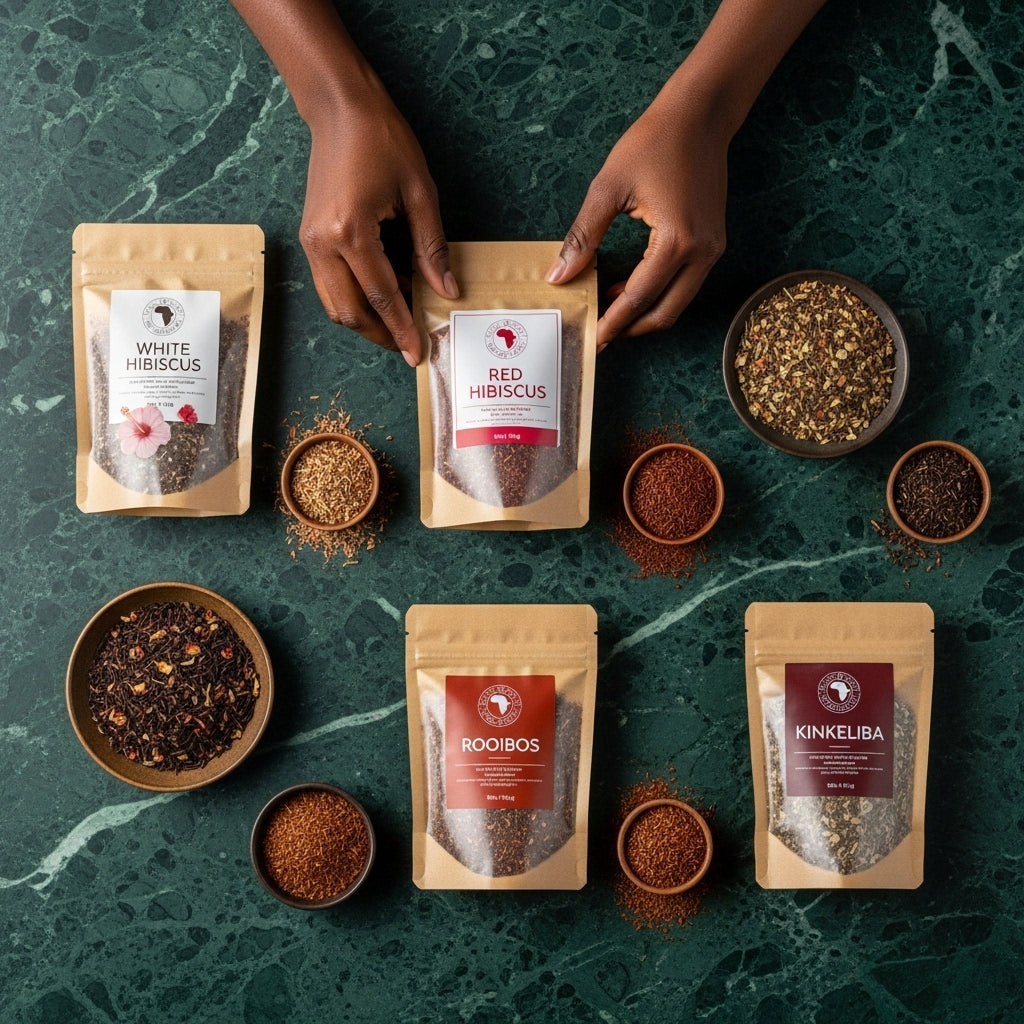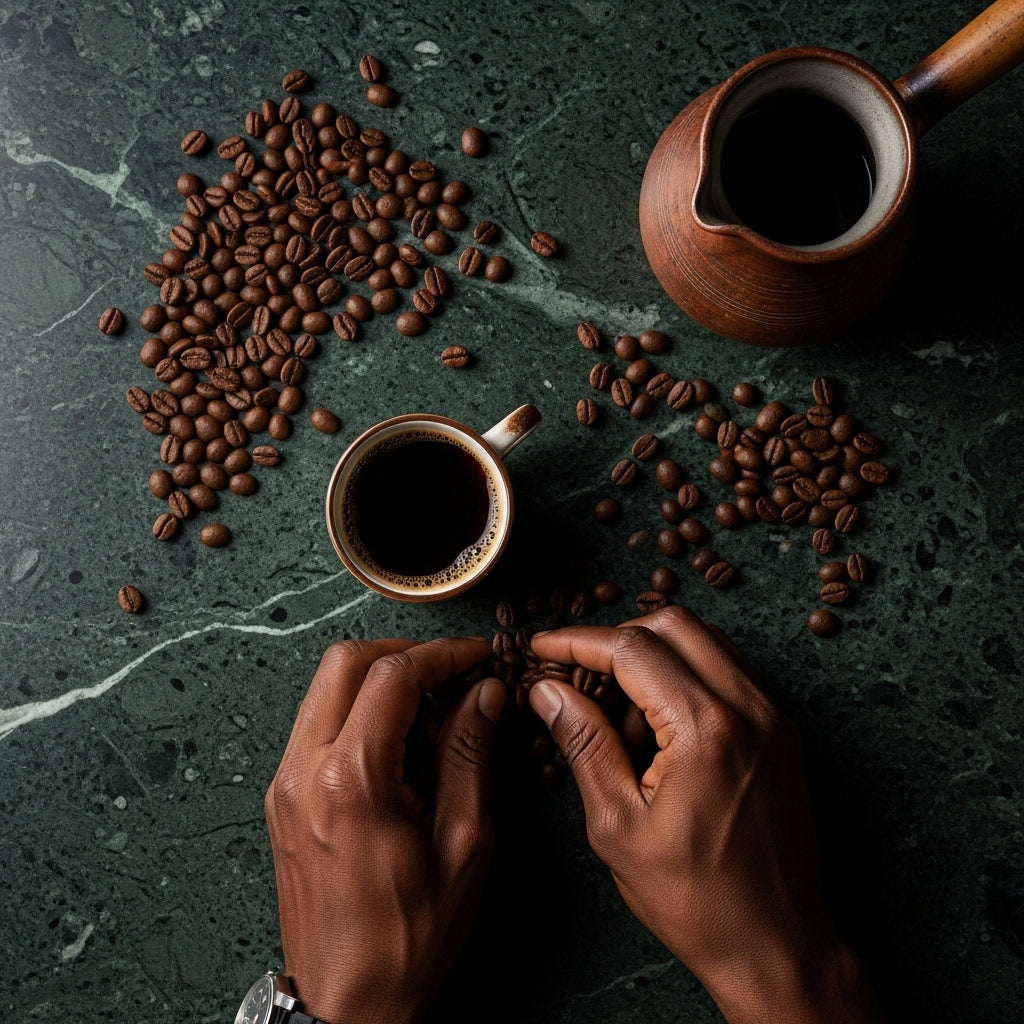What is placali? Discover this iconic dish of Ivorian cuisine.
Placali is an Ivorian specialty made from fermented and cooked cassava. This traditional dish is distinguished by its careful preparation. The cassava is first fermented, which gives it a unique flavor. It is then steamed to obtain a smooth and elastic texture. This characteristic makes placali a staple of meals in Côte d'Ivoire.
Often served with a variety of sauces, placali is the perfect accompaniment to meat or fish dishes. Sauces can be vegetable, tomato, or even peanut-based. This diversity allows for rich and delicious flavor combinations. Placali is not just a side dish; it becomes a true star of the meal.
Furthermore, placali is prized for its ability to absorb the flavors of accompaniments. This quality allows each bite to be a feast of tastes. Furthermore, this dish is often shared on special occasions. Meals based around placali bring families and friends together, strengthening social and cultural ties in Côte d'Ivoire.
The origins of placali: history and culinary tradition of Côte d'Ivoire
The roots of placali
Placali, a traditional Ivorian dish, has its origins in Akan cultures. This dish is particularly popular among the southern Akan. Its preparation is rooted in the history of these communities. Indeed, fermented cassava, the main ingredient, is at the heart of this tradition. The fermentation process gives placali its unique flavor, thus representing a cultural specificity.
Rituals and celebrations
Placali is often associated with family rituals and celebrations. It features in many festive occasions. Families gather to share this dish, fostering unity and conviviality. The way placali is prepared and served reflects community values. This dish is not just a food, but a vehicle for culture and traditions.
A symbol of pride
The method of preparing placali has been passed down from generation to generation, a testament to its cultural significance and heritage. Today, it is a symbol of national pride. Served with various sauces, placali reflects the richness and diversity of flavors in Ivorian cuisine. It has become a staple of meals in Côte d'Ivoire.
Placali in Ivorian culture: more than just a dish
A symbol of unity and hospitality
Placali is much more than just an Ivorian dish. It is often served at celebrations and family gatherings. Its presence at these events symbolizes Ivorian unity and hospitality. Sharing a plate of placali is a shared moment of conviviality. It's a way to create bonds between family members or friends. This practice reinforces the traditional values of solidarity and hospitality that are dear to Ivorian culture.
A cultural heritage
Placali represents a true cultural heritage. It is passed down from generation to generation with traditional recipes and techniques. Each family has its own way of preparing this dish, adding personal touches to classic recipes. This transmission helps preserve the richness of Ivorian culture. Young people learn to cook placali by observing their elders, thus creating an intergenerational bond.
A diversity of flavors
Placali is often accompanied by a variety of sauces, reflecting the diversity of local flavors and ingredients. Sauces can be fish, meat, or vegetable-based. Each region offers a unique interpretation of placali. Eating this dish thus offers a range of flavors that tell the culinary story of Côte d'Ivoire. Furthermore, placali is a central element of many stories and legends, further enhancing its importance in Ivorian culture.
Regional variations of placali: discover the different recipes in Ivory Coast
The richness of regional variations
Placali, an iconic dish of Côte d'Ivoire, comes in several regional variations. Each region offers its own interpretation, reflecting local traditions and available ingredients. In the south, for example, placali is often accompanied by spicy sauces. These sauces are usually fish or meat-based, creating a unique taste experience that delights the palate.
Flavors of the North and East
In northern regions, placali recipes often include fresh vegetables. These dishes are enhanced with peanut-based sauces, adding a creamy texture and rich flavor. In the east, placali is sometimes paired with tropical fruit sides. This sweet touch contrasts pleasantly with the savory base of the dish, providing a varied experience.
A reflection of Ivorian culinary creativity
Each variation of placali is a testament to the richness of Ivorian cuisine. Local chefs demonstrate creativity in preparing this traditional dish. Local ingredients and the history of each region influence the recipes. Thus, each bite of placali reveals a little of the soul of Côte d'Ivoire.
Traditional sauces to accompany placali
Tomato-based sauces
Tomato-based sauces occupy a central place in Ivorian cuisine. They are often spicy and bring a richness of flavor to placali. Tomatoes, combined with local chilies, create a savory blend that enhances the flavor of placali. By adding onions and spices, these sauces offer a memorable culinary experience. The inhabitants of Côte d'Ivoire particularly appreciate these preparations for their ability to enhance any dish.
Peanut sauce
Peanut sauce is a staple in Ivorian cuisine. Creamy and flavorful, it pairs perfectly with placali. Made from peanut paste, this sauce adds a creamy richness to the dish. It can be prepared with vegetables or cuts of meat. The combination brings diversity and enjoyment to the meal. Ivorian cuisine lovers consider it a staple in their meals.
Sauces made from fresh vegetables
Sauces made with fresh vegetables, such as gumbo sauce, add a touch of lightness to the dish. These preparations are often rich in nutrients. They use vegetables like okra, which is both healthy and flavorful. Local herbs and spices, such as chili pepper and ginger, intensify the flavor experience. Diversifying the sauces provides a variety of choices that enhance the flavor of placali while respecting Ivorian culinary traditions.
Placali vs Fufu: Comparing Two African Cassava Dishes
Preparation and texture
Placali and fufu, although both made from cassava, differ in their preparation method and texture. Placali is often smoother and more elastic. To prepare it, the cassava is cooked and then pounded into a smooth paste. Fufu, on the other hand, has a firmer, denser consistency. It is also made from cassava, but can be blended with other ingredients. This difference in texture influences the eating experience.
Traditional accompaniments
In Ivory Coast, placali is generally served with a variety of sauces. These sauces can be fish, meat, or vegetable-based. This creates a harmonious flavor. Conversely, fufu is often served with saucy dishes from West and Central Africa. These saucy dishes are often rich and spicy. Therefore, the choice between placali and fufu depends on culinary preferences and the dishes served.
Cultural significance
Both dishes are essential to their respective cultures. They represent deep culinary traditions. Placali is often associated with festive events in Côte d'Ivoire. Fufu, on the other hand, is a staple food in West and Central Africa. The choice between placali and fufu can also depend on the occasion of consumption. It thus reflects each person's eating habits and personal preferences.
Where to buy the ingredients to make authentic placali?
Essential Ingredients
To make placali, here are some key ingredients:
- Cassava flour : The main ingredient to obtain the characteristic texture of placali.
- Water : To mix with flour to form a smooth dough.
- Salt : To enhance the taste.
These ingredients are available in our nkosiagro.com store!
The nutritional benefits of placali in the Ivorian diet
Rich in complex carbohydrates
Placali is a staple food in Côte d'Ivoire. Rich in complex carbohydrates, it provides a sustained source of energy. This characteristic makes it particularly important for people with high energy needs, such as workers and students. Complex carbohydrates digest slowly, helping maintain a constant energy level throughout the day.
Low in fat
In addition to its high carbohydrate content, placali is low in fat. This makes it an ideal choice for those looking to maintain a balanced diet. By incorporating placali into their diet, Ivorians can enjoy a nutritious dish without the risks associated with excessive fat consumption. This nutritional profile makes it a highly valued food in Ivorian cuisine.
Source of fiber
Finally, placali is a good source of fiber. Fiber plays a vital role in digestion and satiety. By consuming placali, Ivorians not only promote good digestion, but they also feel fuller for longer. Additionally, placali is often served with nutritious side dishes. These additions enrich the meal, providing even more nutritional value.
Chefs' tips for perfect placali
Choose a good variety of cassava
To make your placali a success, it's crucial to choose a good variety of cassava. Choose fresh, firm cassava. This ensures a smooth, pleasant texture. Choosing the right cassava can make the difference between a bland dish and a delicious one.
Fermentation of the dough
Let the cassava dough ferment for at least 48 hours. This step is essential for developing an authentic flavor. Fermentation intensifies the aromas. The longer the dough ferments, the richer and deeper the flavors will be. Don't skip this step if you want to discover the true taste of placali.
Cooking and serving
Cook your placali over low heat. Stir constantly to avoid lumps. Add a little water if the batter becomes too thick. This helps achieve the ideal consistency. To serve, serve hot with a sauce of your choice. A good sauce enhances the flavors and makes the dish even more appetizing. Finally, presentation is essential. A well-presented dish will make your placali even more appealing.
What is placali?
Placali is an Ivorian specialty made from fermented and cooked cassava, characterized by careful preparation which gives it a smooth and elastic texture.
How is placali prepared?
Cassava is first fermented for at least 48 hours, then steamed until it becomes a smooth paste. This fermentation is essential to develop its unique flavor.
What is placali usually served with?
Placali is often served with various sauces, made from meat, fish, or vegetables, and can include tomato or peanut sauces.
What is the cultural significance of placali in Ivory Coast?
The placali is a symbol of unity and hospitality, often present at celebrations and family gatherings, strengthening social and cultural bonds.
What are the main regional variations of placali?
Each region in Côte d'Ivoire has its own interpretation of placali, using local ingredients and offering specific sauces, such as spicy sauces in the south or peanut-based sauces in the north.
What is the difference between placali and fufu?
Although both dishes are made from cassava, placali is smoother and more elastic, while fufu has a firmer and denser consistency.
What ingredients are needed to make placali?
The essential ingredients for placali include cassava flour, water, and salt.
Where can I buy the ingredients for placali?
Find all your ingredients at your nkosiagro.com store!
What are the nutritional benefits of placali?
Placali is rich in complex carbohydrates, low in fat and is a good source of fiber, promoting healthy digestion and sustained energy.
How to choose the right cassava for placali?
It is crucial to choose fresh, firm cassava to ensure a smooth and flavorful texture.
How to cook placali?
Placali should be cooked over low heat, stirring constantly to avoid lumps, and adding a little water if the paste becomes too thick.
How important is fermentation in the preparation of placali?
Fermenting the cassava paste intensifies the aromas and gives the placali its authentic taste, making this step essential for proper preparation.
Your Culinary Journey 🧡











